The animal kingdom is full of surprises, especially when it comes to communication. From electric signals to dance moves, animals have developed incredible ways to share information with each other. Let’s explore some of the most amazing and unexpected methods animals use to get their message across.
Elephants Chat Through the Ground

Elephants are masters of long-distance communication. They use low-frequency rumbles that can travel through the ground for miles. Other elephants pick up these vibrations through their feet and trunk. This allows them to share important information about food, danger, or mating opportunities over vast distances.
Honeybees Dance to Give Directions
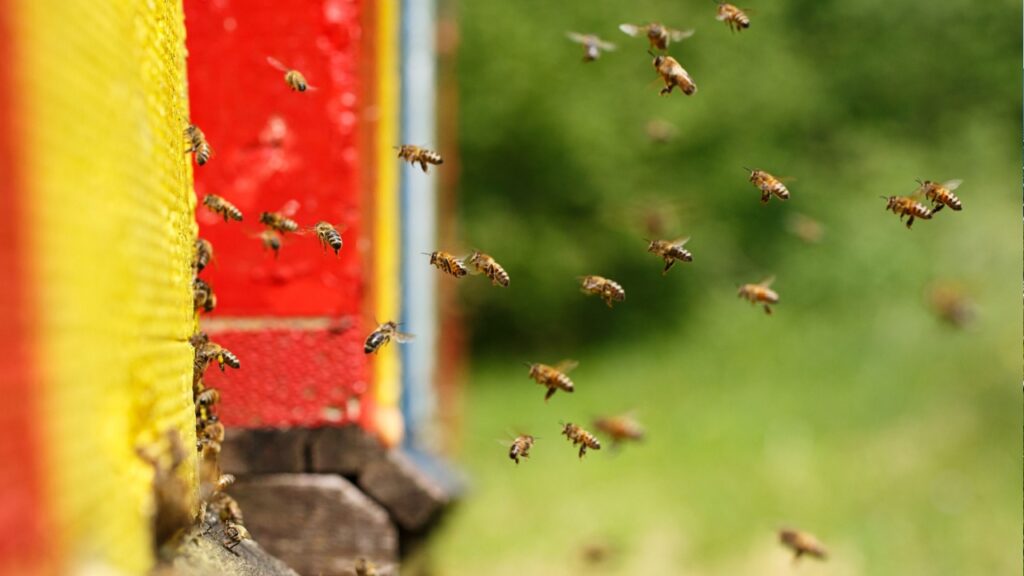
When a honeybee finds a good source of nectar, it returns to the hive and performs a special dance. This “waggle dance” tells other bees exactly where to find the food. The dance’s direction and duration give precise information about the location and distance of the food source. It’s like giving GPS coordinates through interpretive dance!
Cuttlefish Use Living Screens
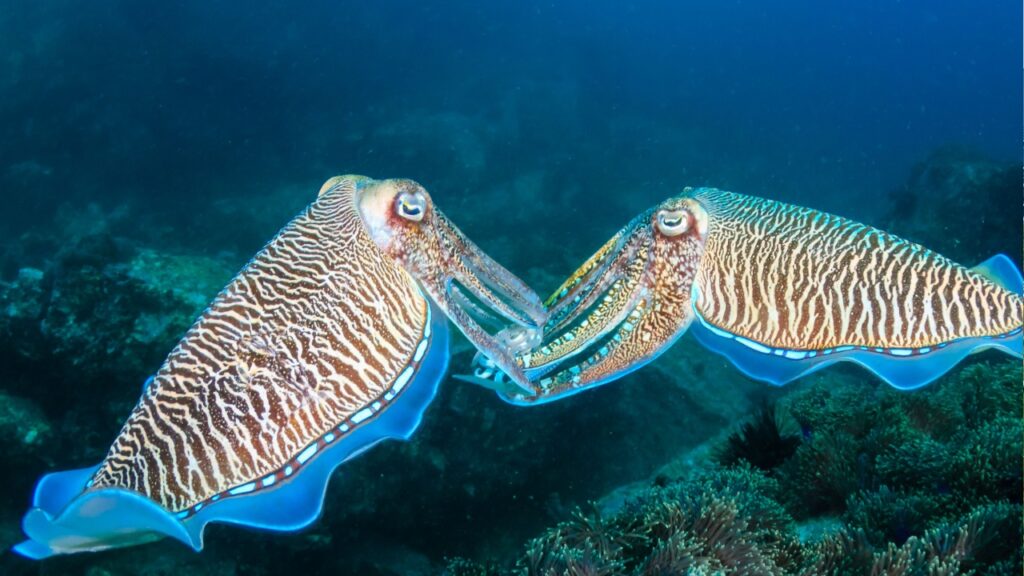
Cuttlefish have an amazing ability to change the color and pattern of their skin. They use this skill to communicate with other cuttlefish. By flashing different patterns, they can signal aggression, attraction, or fear. It’s like having a high-tech LED display built into their body.
Prairie Dogs Have Their Own Language
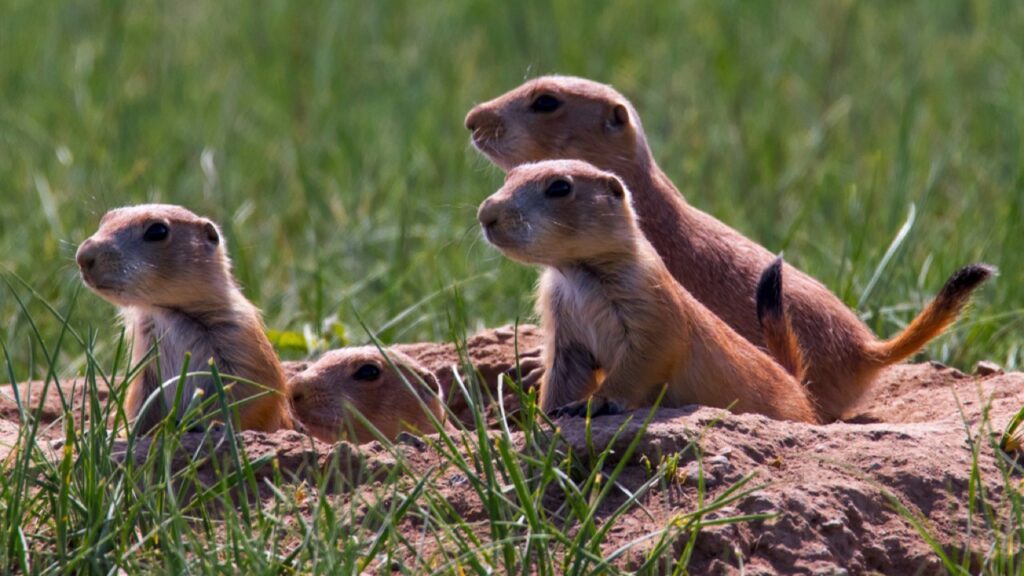
Prairie dogs might look like simple rodents, but they have a complex language system. They use different calls to describe specific predators, including details about size, shape, and color. Some researchers believe prairie dogs can even describe human clothing. It’s like they have their own set of adjectives and nouns!
Whales Sing Across Oceans
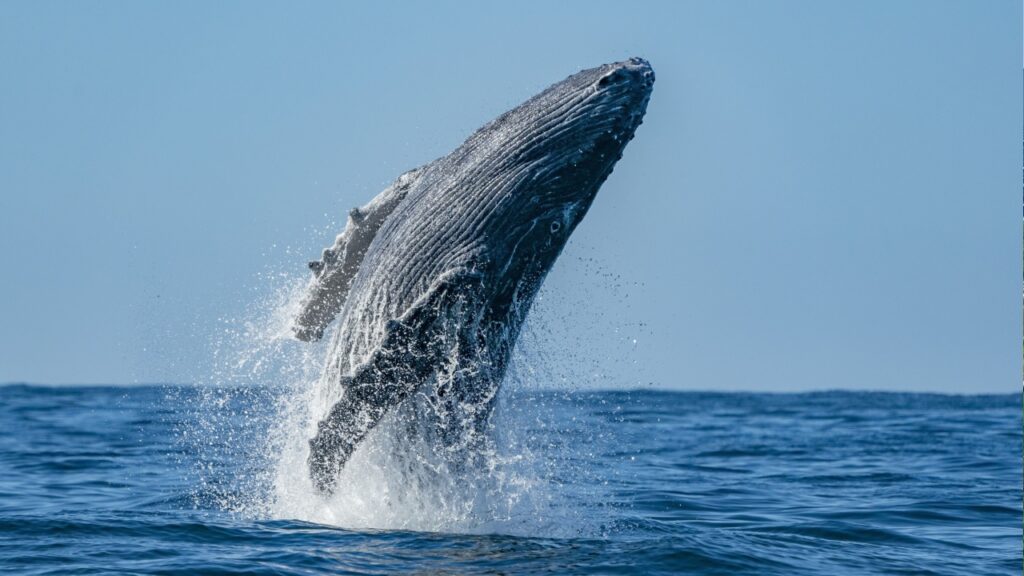
Whales are known for their haunting songs, but these aren’t just for show. Male humpback whales use complex songs to attract mates and communicate with other whales. These songs can travel for hundreds of miles underwater. It’s like a underwater radio broadcast that can cross entire oceans.
Ants Leave Chemical Trails
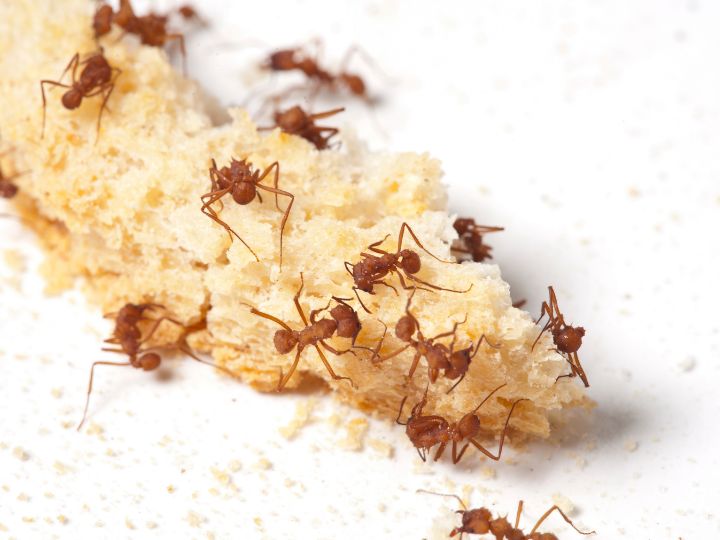
Ants communicate using chemicals called pheromones. When an ant finds food, it leaves a scent trail for other ants to follow. Different pheromones can signal danger, mark territory, or even identify colony members. It’s like they’re writing invisible messages that only other ants can read.
Gorillas Have a Secret Handshake
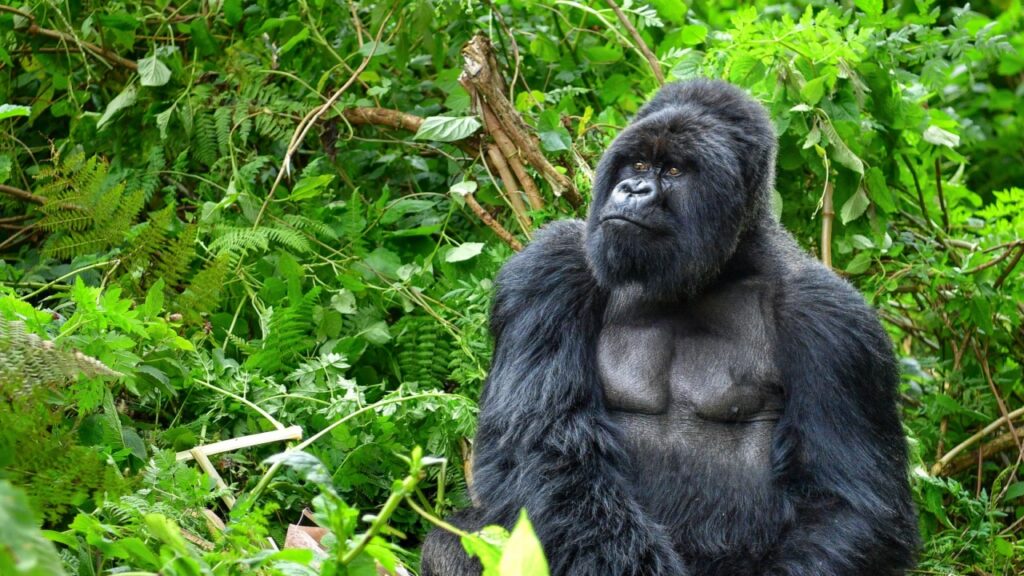
Gorillas use a variety of gestures to communicate, including a special greeting. When two gorillas meet, they might clasp hands and gaze into each other’s eyes. This “handshake” helps strengthen social bonds within the group. It’s their way of saying “Hey, we’re cool!”
Fireflies Flash in Sync

Fireflies use their famous light displays for more than just showing off. Males flash in specific patterns to attract females. In some species, thousands of fireflies will synchronize their flashes, creating a spectacular light show. It’s like a natural disco with a very important purpose!
Chameleons Glow to Get Attention
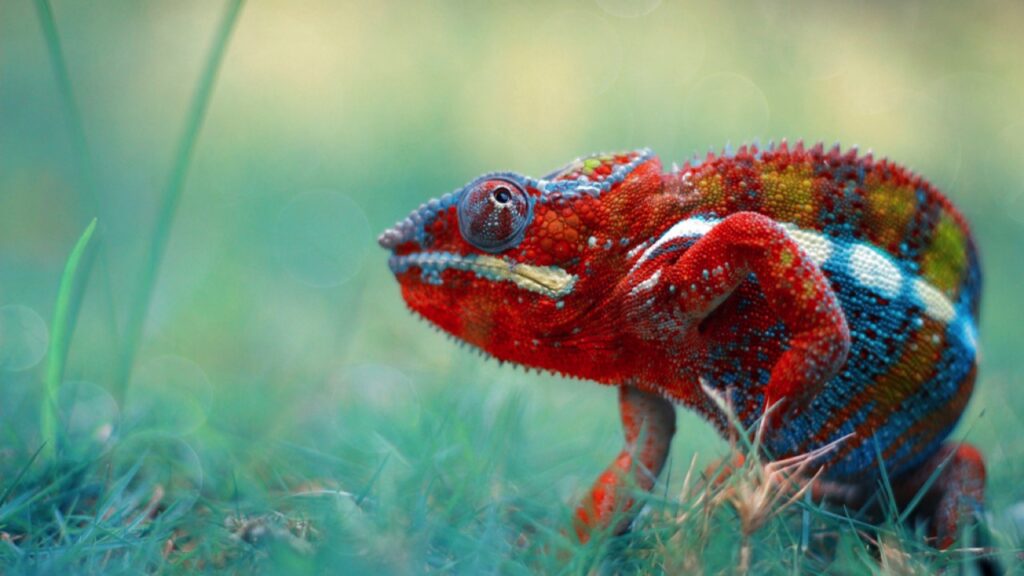
We all know chameleons can change color, but did you know they can also glow? Some chameleon species have bones that glow under UV light. They use this ability to signal to other chameleons, especially in the dim light of forests. It’s like having a built-in glow stick!
Dolphins Use Bubble Rings
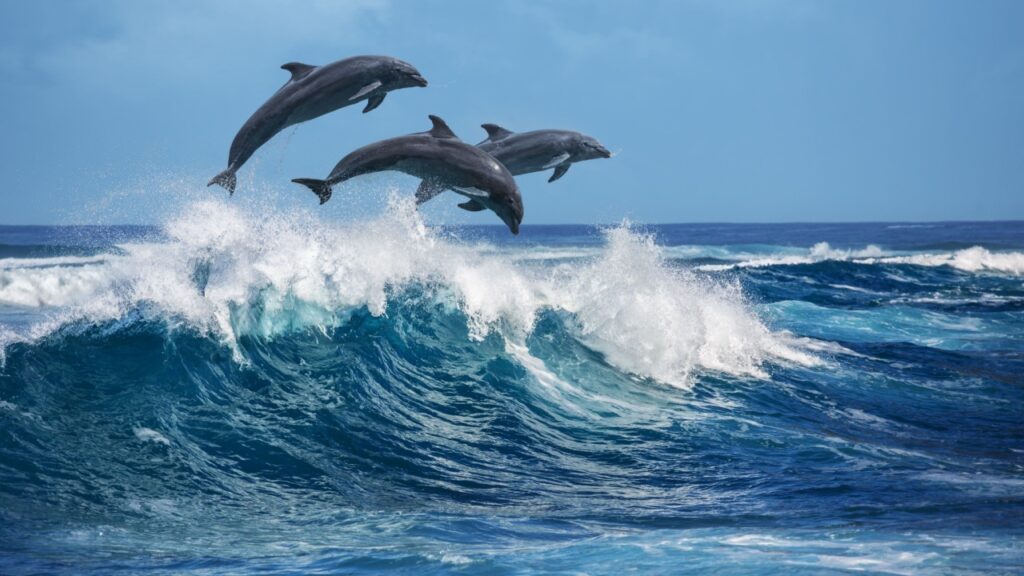
Dolphins are known for their intelligence, and they have a unique way of showing off. They can create perfect rings of bubbles underwater and manipulate them with their fins. While it might look like play, scientists think this could be a form of communication or problem-solving display. It’s like underwater art with a message!
Moths Jam Bat Sonar
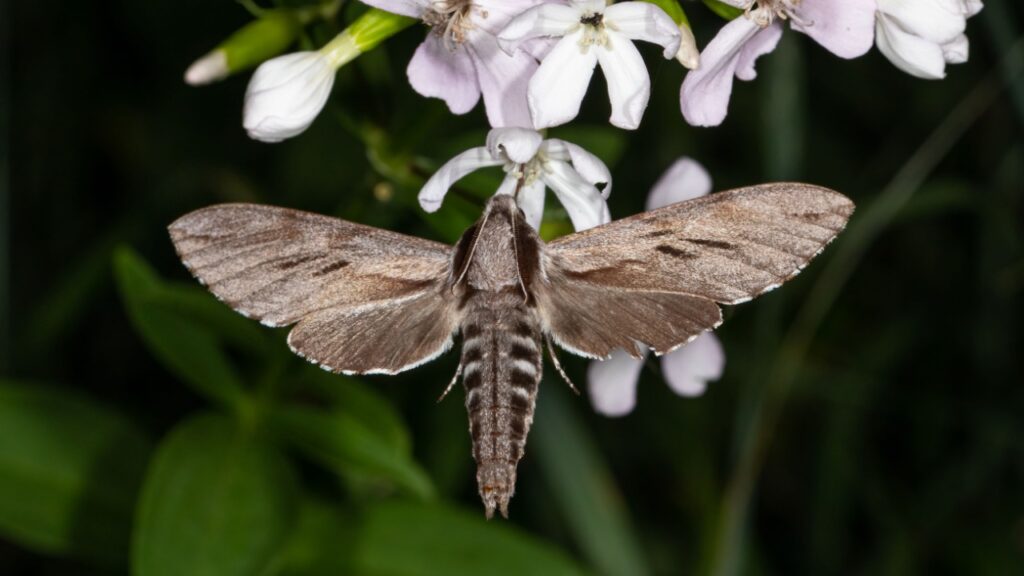
Some moths have developed a clever defense against bats. When they hear a bat’s echolocation calls, they produce their own ultrasonic clicks. These clicks jam the bat’s sonar, making it harder for the bat to locate the moth. It’s like having a personal cloaking device!
Peacock Spiders Dance to Impress
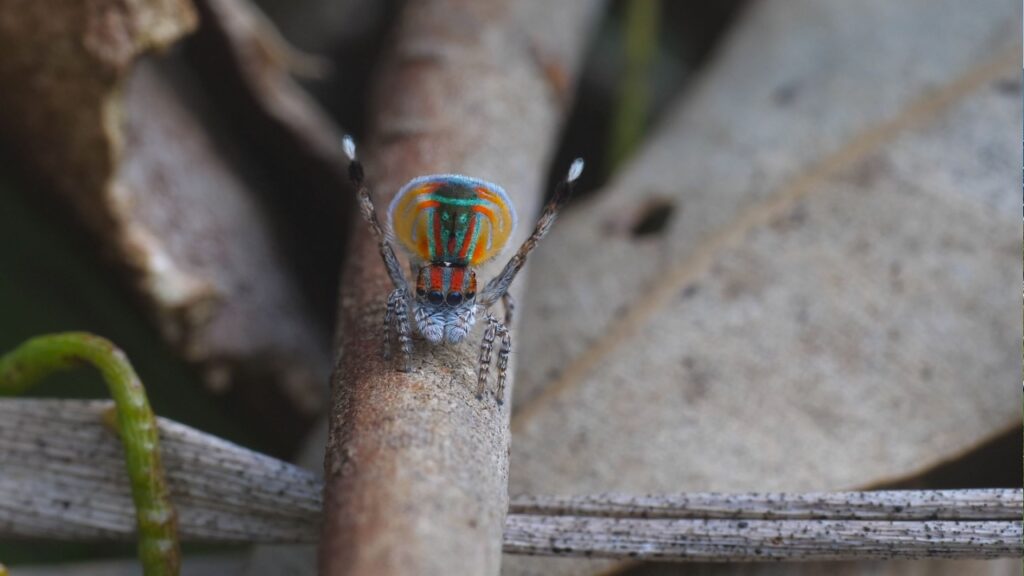
Male peacock spiders perform elaborate dances to attract females. They raise their colorful abdomens and wave their legs in specific patterns. Each species has its own unique dance moves. It’s like a tiny spider dance-off where the prize is finding a mate!
Electric Eels Send Shockwaves
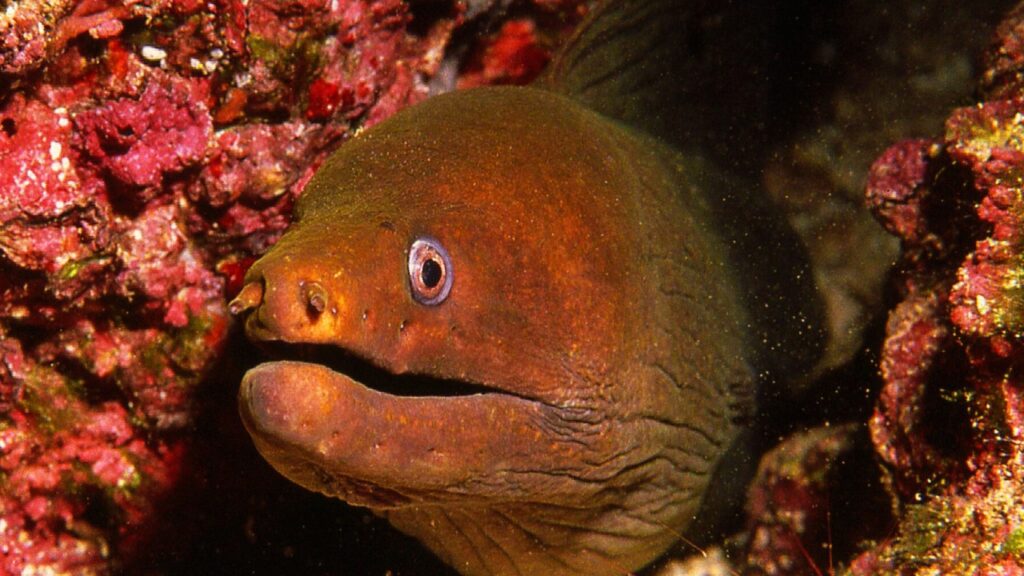
Some eel species use electric fields to communicate. They can generate weak electric fields to sense their environment and communicate with other fish. By changing the frequency and pattern of these fields, they can share information about identity, location, and even emotions. It’s like texting, but with electricity!
Hippos Spread the News
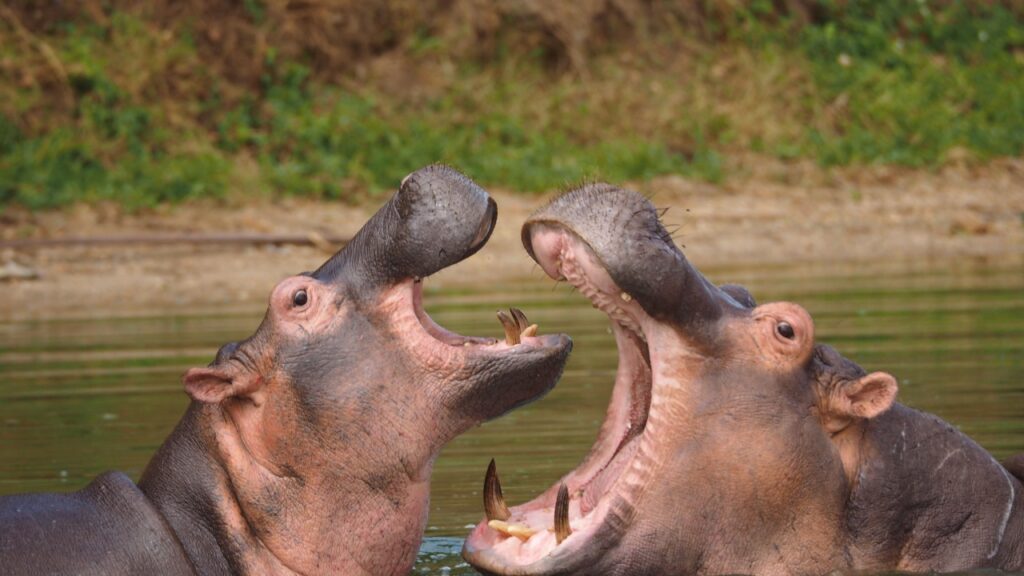
Hippos have a unique way of marking their territory and communicating with others. They spin their tails while defecating, spreading their scent over a wide area. This tells other hippos important information about who’s in the area. It’s not the prettiest form of communication, but it sure is effective!
Squid Paint with Light
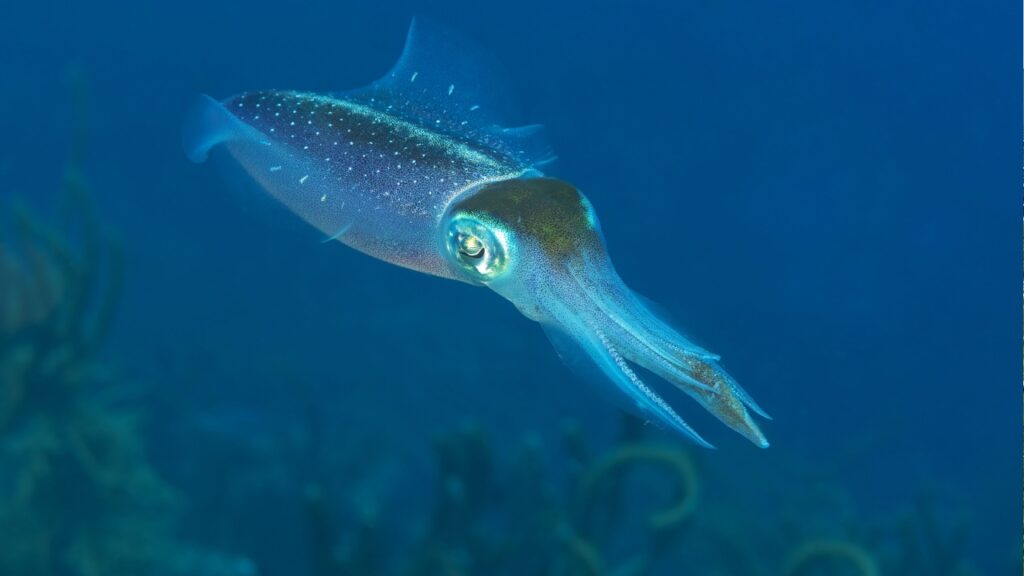
Squid have special cells in their skin called chromatophores that allow them to change color rapidly. They use these color changes to communicate with other squid, signaling everything from aggression to courtship. Some deep-sea squid can even produce their own light, creating dazzling displays in the dark ocean depths. It’s like having a full-body mood ring!
Becky is a fervent wildlife enthusiast and pet care expert with a diploma in canine nutrition. Her love for animals stretches beyond the domestic, embracing the wild tapestry of global fauna. With over a decade of experience in animal welfare, Becky lends her expertise to OutlandishOwl through insightful articles, captivating wildlife information, and invaluable guidance on pet nutrition. Her work embodies a deep commitment to understanding the intricate lives of animals and a passion for educating others on sustaining natural habitats. Becky's hands-on conservation efforts and her knack for translating complex dietary science into practical pet feeding tips make her an indispensable voice for creatures great and small.




